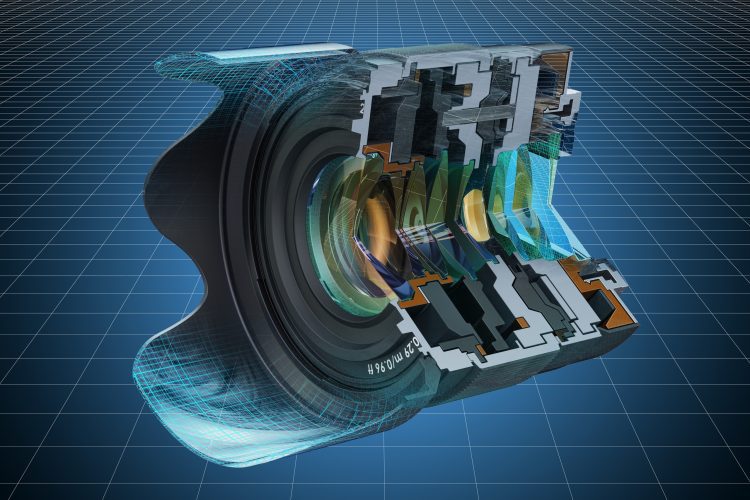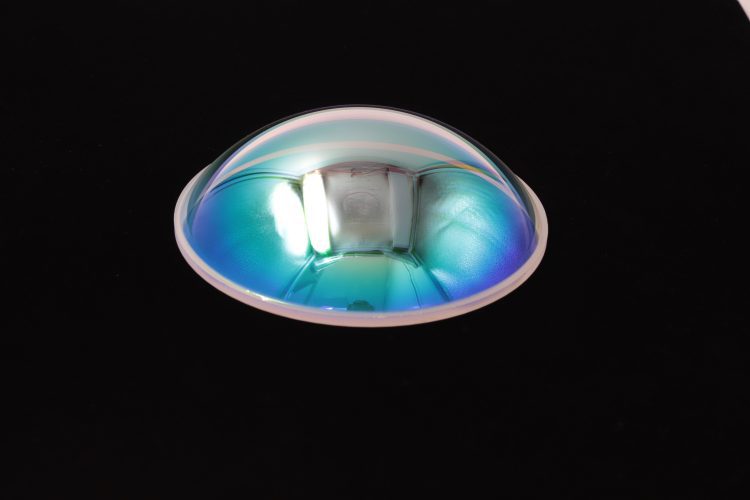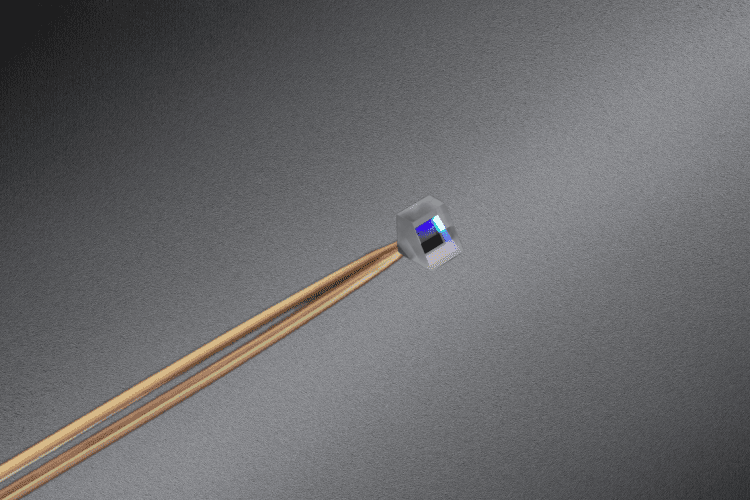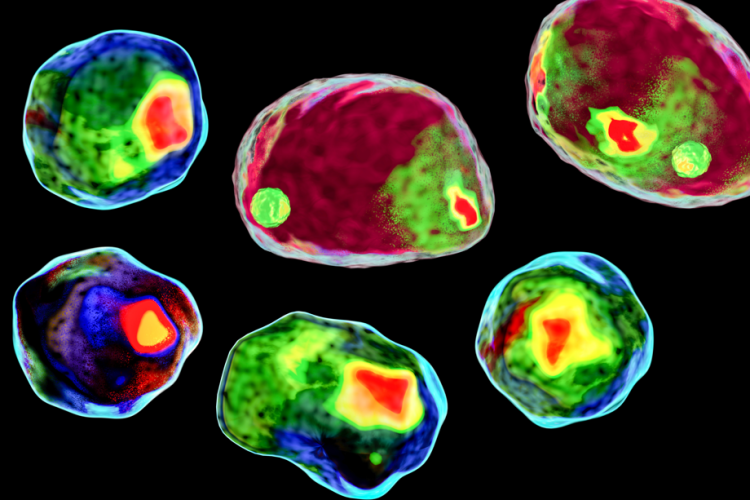Key Takeaways Advanced wavefront sensors play a critical role in high-precision optical metrology across industries like ophthalmology, astronomy, and semiconductor inspection. These systems rely on sophisticated optical design for wavefront sensor configurations, particularly through the use of custom optics such as microlens arrays, coatings, and detectors. In this article, we explore how custom optics in […]










